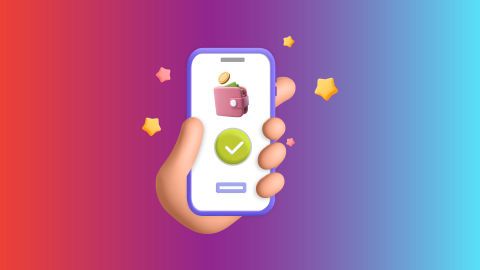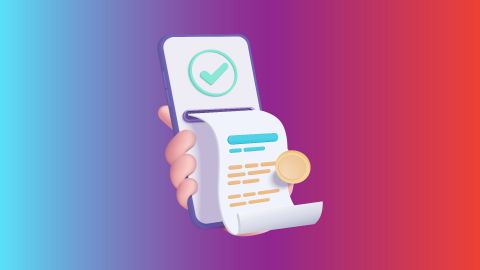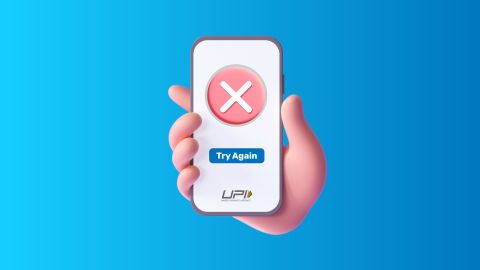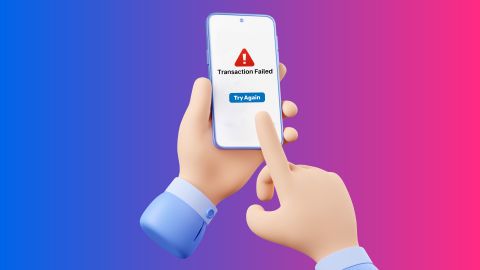India has experienced a tremendous digital transformation over the past decade, largely driven by innovative financial technologies. One such phenomenon that has reshaped the digital economy is micropayments. Micropayments—small transactions typically valued below Rs. 1,000—are becoming increasingly significant as more Indians adopt digital payment methods for everyday transactions, from buying a cup of tea to paying for public transport. The rise of Unified Payments Interface (UPI) systems, particularly platforms like Bajaj Pay UPI, has played a pivotal role in this revolution, offering users seamless and convenient ways to manage small-scale payments.
Rise of micropayments in India
India’s journey toward a cashless society gained momentum post-2016, after the government’s demonetisation drive. This move not only encouraged digital payments but also set the stage for the country’s fintech ecosystem to thrive. In this digital era, small payments made through smartphones and other devices have become a routine affair, leading to the rapid growth of micropayments.
Micropayments, as the name suggests, are small-value transactions that occur mostly in the digital space. These payments are typically used for purchasing low-cost goods or services such as a Rs. 10 mobile recharge, a Rs. 30 online subscription fee, or a Rs. 50 grocery purchase. Traditional banking systems often impose high transaction fees on these small payments, making them impractical. However, with the introduction of systems like UPI, including Bajaj Pay UPI, the friction involved in processing micropayments has drastically reduced.
Factors driving the growth of micropayments
Several key factors are responsible for the meteoric rise of micropayments in India:
- Smartphone penetration: India is home to over 700 million smartphone users. With increasing access to affordable smartphones, millions of people are now able to participate in digital transactions.
- Internet connectivity: The availability of inexpensive mobile data has been a game-changer. People from rural and urban areas alike can easily access online services and platforms, facilitating micropayments through mobile apps.
- UPI systems: Unified Payments Interface (UPI) has revolutionised the way people make payments. With its user-friendly interface and support for instant money transfers, UPI has emerged as the backbone of micropayments in India. Bajaj Pay UPI, in particular, offers a robust and secure platform for these small-scale payments.
- Government initiatives: Various government programs aimed at promoting financial inclusion, such as the Digital India initiative, have further boosted the growth of micropayments. These initiatives encourage people to embrace digital modes of transaction, particularly UPI.
- E-commerce and subscription models: With the rise of e-commerce platforms, users are increasingly making small payments for goods and services. Subscription-based services, like online content platforms, also thrive on the micropayment model, where users pay small amounts for recurring access.
Role of UPI in facilitating micropayments
Unified Payments Interface (UPI) has been a game-changer in India’s payment landscape. Introduced by the National Payments Corporation of India (NPCI) in 2016, UPI has facilitated fast, secure, and hassle-free transactions between bank accounts. Unlike traditional banking systems, UPI eliminates the need for IFSC codes or lengthy account details, requiring only a simple UPI ID or mobile number for instant payments.
Features of UPI for micropayments
- Instant transfers: UPI allows instant fund transfers between accounts, which is especially useful for micropayments. Whether you are buying groceries, booking a cab, or paying for a coffee, UPI ensures that the money is transferred instantly.
- Interoperability: UPI allows for seamless transactions between different banks and payment platforms. Bajaj Pay UPI, for instance, integrates with various banks and merchants, allowing users to make payments effortlessly, regardless of their bank.
- Security and authentication: UPI payments are secure and require two-factor authentication. Each transaction made via Bajaj Pay UPI is protected through a combination of PINs and OTPs (One-Time Passwords), providing users with peace of mind.
- Scalability: UPI is designed to handle a high volume of transactions. This makes it ideal for micropayments, where millions of transactions can be processed every day without any significant system lag.
Bajaj Pay UPI: Empowering micropayments
Bajaj Pay UPI is a dynamic payment solution designed for both consumers and businesses, enabling smooth micropayments. Whether it is transferring funds between peers, paying for utilities, or shopping online, Bajaj Pay UPI ensures a seamless payment experience with its user-friendly features.
Key features of Bajaj Pay UPI for micropayments
- Fast transactions: Bajaj Pay UPI allows users to transfer small amounts of money instantly. This is especially useful for making micropayments at local shops or for online subscriptions where quick settlement is crucial.
- Cashback and rewards: Bajaj Pay UPI often offers cashback rewards for small transactions, incentivising users to make micropayments more frequently. These rewards can accumulate over time, adding value to the user's digital payment experience.
- Merchant payments: Bajaj Pay UPI is accepted by a growing number of merchants, from large retailers to small corner stores. Whether you are buying from a local vendor or paying for online services, Bajaj Pay UPI makes it simple to settle your dues.
- Integration with multiple platforms: Bajaj Pay UPI integrates with other Bajaj services, allowing users to manage not only their micropayments but also larger financial transactions within one ecosystem. This flexibility makes it easier for users to handle all their financial needs in one place.
- Simplified UPI ID creation: Setting up a Bajaj Pay UPI ID is quick and easy, and users can link multiple bank accounts to a single ID, simplifying the process of managing funds for micropayments.
Bajaj Pay UPI and its role in business
For businesses, especially those dealing in high volumes of small transactions, Bajaj Pay UPI is a boon. It helps merchants accept micropayments easily, without the hassle of maintaining cash reserves or handling high transaction costs. Small businesses, kirana stores, and even street vendors are increasingly adopting Bajaj Pay UPI to facilitate daily payments.
Bajaj Pay UPI and financial inclusion
Micropayments through Bajaj Pay UPI also play a critical role in promoting financial inclusion. Millions of unbanked and underbanked individuals in India now have access to digital payment systems, enabling them to participate in the formal economy. Through simple and low-value transactions, these individuals can gradually integrate into the broader financial ecosystem.
Micropayments are becoming the backbone of India's digital economy. With the support of UPI systems like Bajaj Pay UPI, these small transactions are no longer a challenge but an opportunity for users to engage in fast, secure, and cost-effective payments. As more people embrace the convenience of digital transactions, micropayments will continue to thrive, driving financial inclusion and economic growth across the country.




